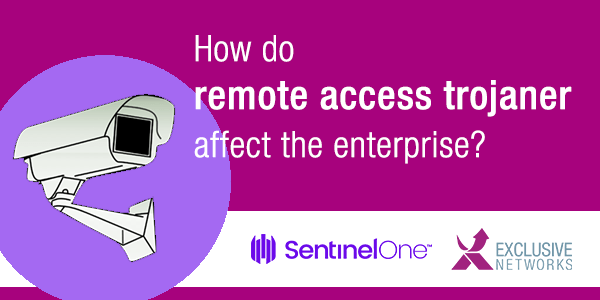
The Chinese Lunar year 2020 is the Year of the Rat, and people born in the Year of the Rat are supposed to be optimistic and likable. But in cybersecurity, RAT (Remote Access Trojan) stands for the opposite of likable: a nasty tool leveraged by bad actors.
For many years, RATs have been used as a means to control victims’ computers remotely and surreptitiously. The sneaky RAT can access computer users’ files and hardware resources like webcams and microphones, as well as function as a keylogger, data stealer and springboard for launching other malware attacks. Worse, use of RATs in attacks against the enterprise is on the increase.
In Yotam Gutman’s CISO Essentials post, he takes a look at the latest developments in the use of Remote Access Trojans and provides answers to questions like:
- What is a Remote Access Trojan?
- How do Remote Access Trojans spread?
- How do RATs evade detection?
- How do threat actors use RATs against the enterprise?
- Are Remote Access Trojans becoming more common?
- How can CISOs protect against Remote Access Trojans?
Read Yotam Gutman’s CISO Essentials full post here.
Please contact your local Exclusive Networks Account Manager to learn more about how you can protect your customers from Remote Access Trojans and other malware infections with the Sentinelone’s Autonomous Endpoint Protection.


